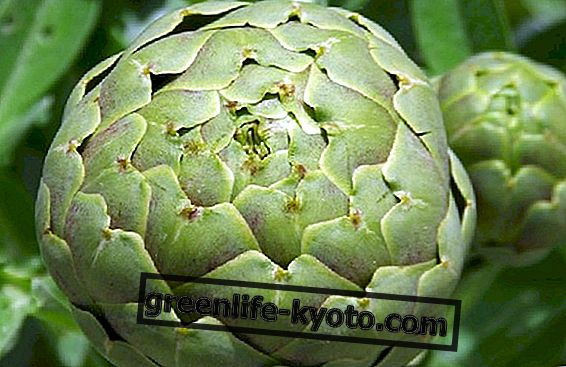Witch hazel ( Hamamelis virgianana ) is a plant of the Hamamelidaceae family . Rich in soluble tannins and flavonoids, it has astringent and anti-haemorrhagic properties. Let's find out better.

Properties of witch hazel
The leaves and bark of witch hazel contain soluble tannins (amamelitannic acid), active principles that possess a particular tropism towards cell membranes and vascular walls, exerting a vasoprotective action, useful in vasculopathies; and a re-epithelising action, to be exploited in the presence of allergic-type dermatitis .
Furthermore, the presence of flavonoids and triterpene compounds contributes to the muscle tone of the venous walls, which are compromised during inflammation . For this reason the witch hazel is considered an effective remedy in the treatment of disorders of the circulatory system, such as phlebitis, varicose veins and hemorrhoids, capillary fragility, dilated capillaries, tendency to the formation of bruises, cellulite, where an astringent action is required.
Witch hazel also has anti-haemorrhagic properties to be used in case of metrorrhagia and in menstrual pain with abnormal blood flow.
You can learn more about all natural remedies for allergy

Method of use
The plant is used for both internal use in the form of infusions, hydroalcoholic extracts (mother tincture), fluids, soft or dry; and in external use, in cosmetics, to prepare distilled water, eye drops, soothing aftershaves, decongestant tonics for the delicate skin of children, for skins with couperose, to soothe sunburn, for reddening of the skin of the face, in case of acne, rosacea, and cellulite creams. Hamamelis distilled water is a cosmetic preparation useful in inflammation of the mouth, gums, and redness of the eyes with hyperemia, such as in allergic conjunctivitis.
INTERNAL USE
INFUSION: 1 tablespoon witch hazel leaves, 1 cup of water
Pour the plant into the boiling water and turn off the heat. Cover and leave to infuse for 10 min. Filter the infusion and drink 2 cups a day between meals.
Witch hazel mother tincture : 40 drops in half a glass of water, to drink 2 times a day, between meals.
Contraindications
In case of excessive doses, the witch hazel can cause damage to the gastric mucosa and constipation.
Description of the plant
Similar to the Hazel, the Amalelide is a shrub-like plant, which can reach a height of 6 m. The leaves, deciduous, of brownish green color, and ocher yellow in the autumn season; they are oval or obovate, alternate, glabrous, up to 15 cm long and up to 10 cm broad, with a short and robust petiole; the margin is irregularly serrated and the apex is briefly sharp and obtuse.
From the median vein, at an acute angle, 5-6 secondary straight or slightly arched secondary veins depart from two sides, which reach the margin and are strongly detected on the lower page.
The flowers, which generally open in the months of September and October, are gathered together in two or three in axillary glomeruli, and possess four sepals and four yellow petals; each flower has four stamens and two styles. The fruits are woody capsules with two loggias, 10-14 mm long, which open up when ripe, releasing one or two dark and shiny seeds.
The witch hazel habitat
It grows wild in the eastern coasts of North America, in the humid forests of Canada and the Northern United States
Background
The American Indians used it for its healing properties and also attributed to it an extraordinary magical power to the point of considering it a " work tool" for shamans, during their ritual and propitiatory practices.
However, the discovery of the witch hazel in the scientific sphere is relatively recent. In fact in 1731 Mark Caterby quoted the plant in his work Natural History of Carolina, Florida and the Bahamas Islands and had it introduced into Europe, to become an ornamental plant.
However, over time the Virginiana variety assumed over time more and more importance under the therapeutic aspect due to its astringent and haemostatic properties , highlighted by studies dating back to the early 1900s, when tannins were identified inside the leaves and bark .
Organized by the Erboristeria del Pigneto













